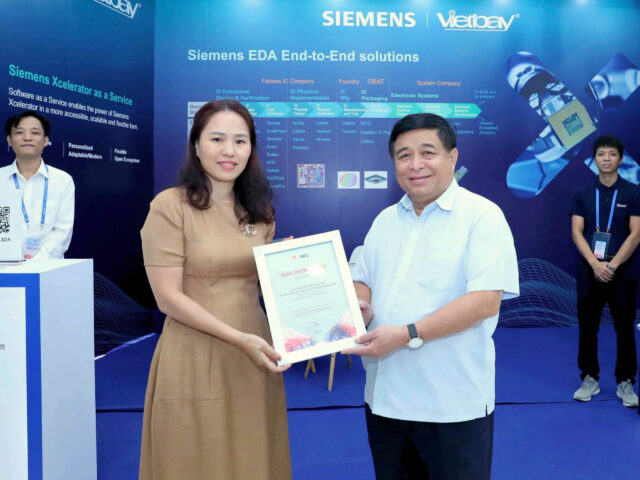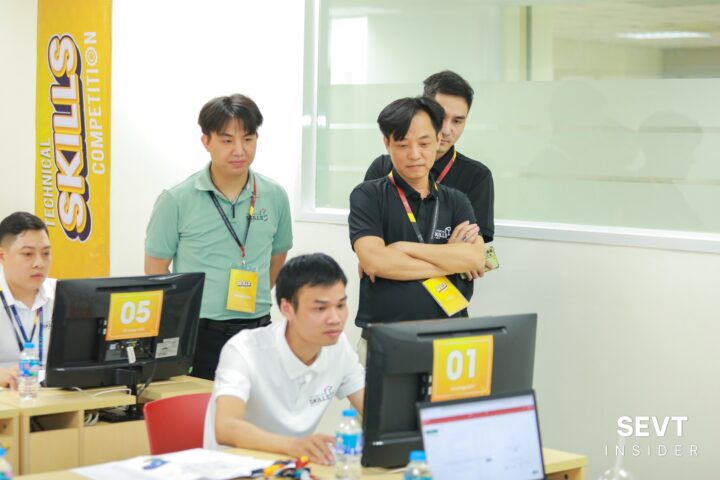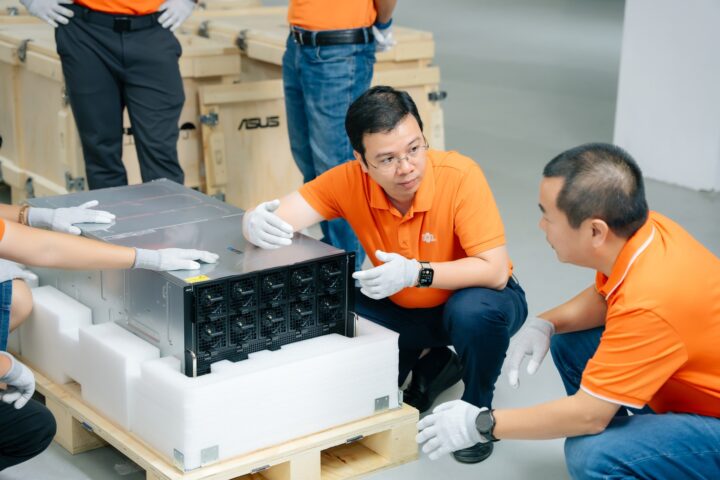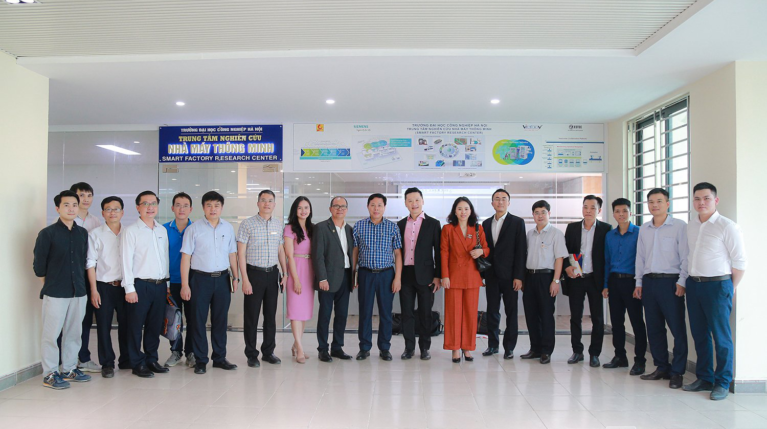From robotic drills to self-driving ore trucks, automation is bringing a new measure of safety to mines — and boosting the efficiency with which we obtain the precious minerals used to make the trappings of the modern world, from cars and buildings to our electronic devices.
Ultimately, we may see “fully automated ‘man-less’ mines that are completely operated by machines,” Dr. Bernhard Jung, a professor of computer science at Freiberg University of Mining and Technology in Germany, told NBC News MACH in an email. Automation means mines of the future could exist on the ocean floor and even in space. “Making use of robots may be our only chance to ever extract minerals in such areas,” Jung says.
And just as aerial drones can be flown by pilots thousands of miles away, automated mining operations can be supervised from a distance. “You can operate these robots remotely from halfway across the world,” says Dr. Herman Herman, director of the National Robotics Engineering Center at Carnegie Mellon University in Pittsburgh. For example, he said, “That will allow people in the Midwest to work and operate mining equipment in Australia.”
SELF-DRIVING ORE CARRIERS
Mining automation is already appearing in the form of self-driving ore-carrying vehicles. These monstrous trucks, which use the same suite of technologies seen in other autonomous vehicles, stay on the job virtually 24/7 — with no need for driver breaks or shift changes.

Robotics in Mining
Autonomous vehicles are also venturing underground. With their laser scanners and radar, Jung says, they can move about safely and quickly in narrow, dusty tunnels that humans have trouble navigating. In Sweden, Volvo is testing self-driving trucks deep within mines operated by the Boliden mining firm.
ROBOTIC DRILLS
Automation isn’t just moving ore but also carving it from the ground. To break up rock for excavation, miners drill holes in the rock and fill them with explosives; automated drill rigs can make these holes more quickly and with greater accuracy than conventional human-operated equipment, Gary Goldberg, CEO of Newmont Mining, told FoxBusiness.com recently.
Robots may also make it possible to reopen old mines that were abandoned after becoming unproductive or flooded with water. In the United Kingdom, engineers with the ¡VAMOS! (Viable Alternative Mine Operating System) program are testing robots that can extract ore underwater. The robots will resemble the “road header” machines used to cut rock in today’s mines. They will use their spiked heads to pulverize the ore, with the resulting slurry pumped to the surface, New Scientist recently reported.
ROBOT ASSISTANTS
In addition to autonomous mining equipment that displaces humans, engineers are working to develop robots to work alongside humans. For example, a team led by Jung has designed a robotic mining assistant they call “Julius.”

Julius 1.0
Finally, robots of various sorts will be used to monitor mining operations to make sure everything is running smoothly. Some will move through underground mines, collecting data on temperature, rock stability, and other conditions that might affect worker safety. In open-pit mines, drones soaring overhead will photograph the landscape to generate 3D maps used to position equipment and watch out for potential rockslides.






